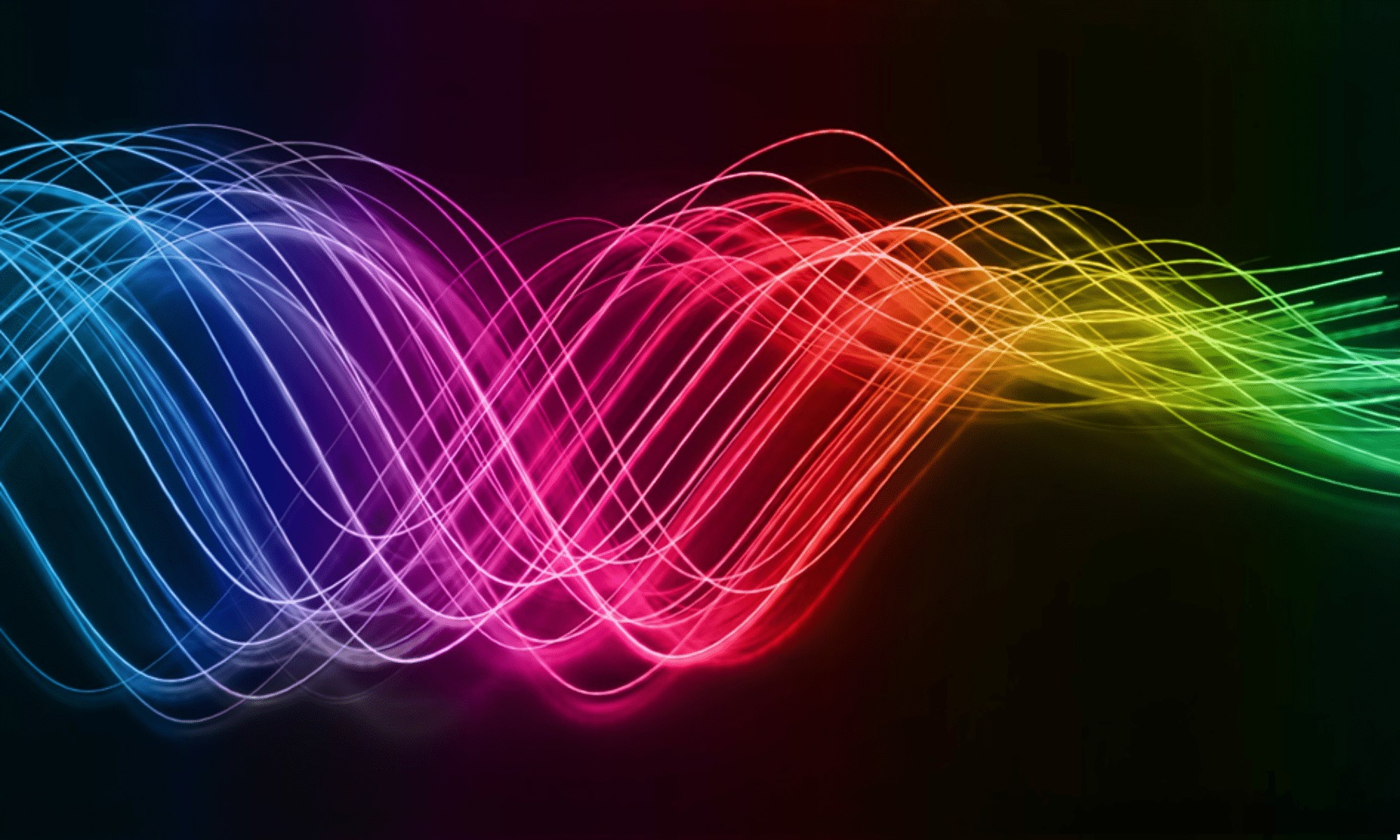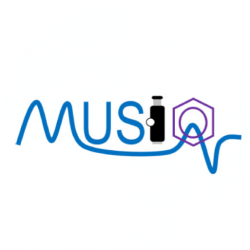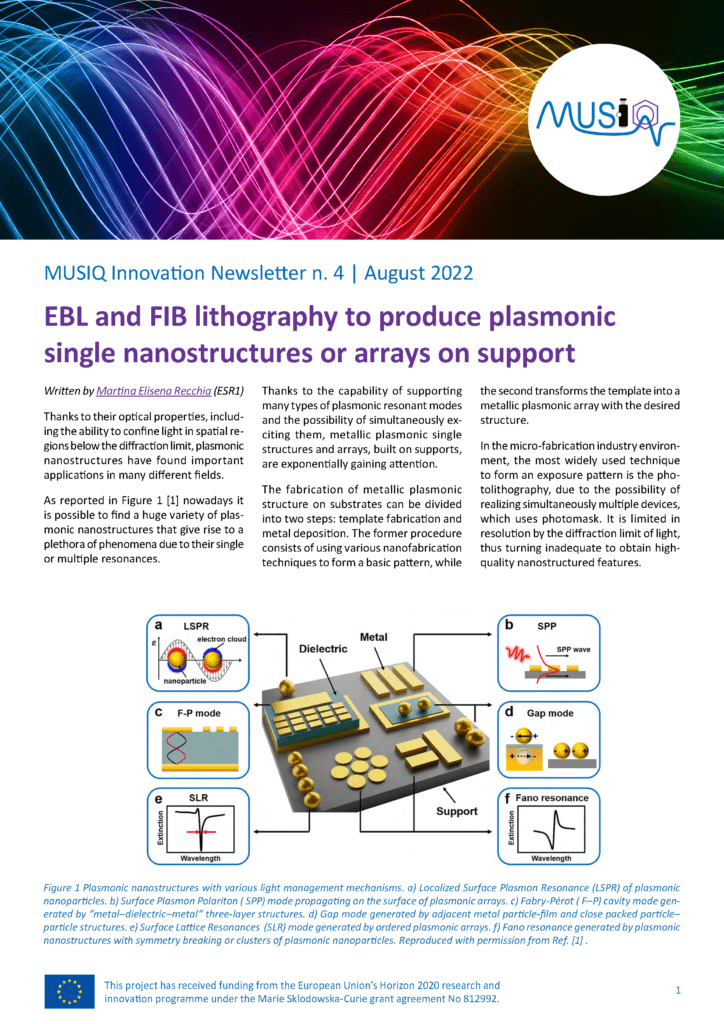The MUSIQ network shares updates and highlights on the project’s progress, results and ESR’s activities, with a focus on the latest innovation related to multiphoton microscopy and bioimaging through dedicated online Innovation Newsletters.
MUSIQ Innovation Newsletter n. 5 | November 2022
Section n. 1
3D Imaging with Femtosecond Pulses
Combining 3D Imaging with Ultrafast Optics
The 3D imaging technique of Optical Diffraction Tomography is intrinsically ill-suited for ultrafast laser pulses. However, it could be realized using standard optical equipment with femtosecond pulses. This opens up new possibilities in cell-imaging and ultrafast material studies. Read more
Section n. 2
From 3D to Polarisation to Single Nanoparticle Microscopy
Probing Biological Molecular Organization with Polarized Light Microscopy
Using light’s polarization can help illuminate the organization of biological molecules without perturbing the sample itself. Thus, polarization microscopy adds a new dimension to light microscopy for better understanding of biomedical questions. Read more
Section n. 3
Spectroscopy in wide field imaging
Imaging for spectroscopy
In this section we introduce the concept of Fourier transform spectroscopy (FTS). The technique is fast compared to point scaning of single nanoparticles. This section explains how which just recorded image set one can retire the spectral information of nanoparticles and molecules. Read more
MUSIQ Innovation Newsletter n. 4 | August 2022
EBL and FIB lithography to produce plasmonic single nanostructures or arrays on support
Thanks to their optical properties, including the ability to confine light in spatial regions below the diffraction limit, plasmonic nanostructures have found important applications in many different fields. Read more
OPTO NANO – A duet of Science and Contemporary Dance
Three of our ESRs, usually focussed on analysing the electronic response of metallic or semiconducting nanostructures to electromagnetic waves, were invited to change their perspective on their scientific and oftentimes highly conceptual work and translate their science into choreographed movement. Read more
MUSIQ Innovation Newsletter n. 3 | October 2021
Section n. 1
Prospects of stimulated Raman scattering in pharma research
Before a novel medicine can be introduced on the market, it needs to undergo a drug development process which today on average consists of six stages. The drug development process from target discovery to the launch can take up to 15 years. Read more
Section n. 2
Light sources for CARS microscopy
In coherent anti-Stokes Raman scattering (CARS) microscopy two laser beams are used to produce radiation at a third wavelength when energy difference between pulses matches vibrational energy of a sample. For this vibrationally specific microscopy method it is critical to have a reliable wavelength-tunable light source to address different Raman bands. Optical parametric amplifiers (OPAs) and oscillators (OPOs) are well suited for this task. Read more
Section n. 3
EMCCD and sCMOS cameras for scientific imaging
A comparison of the key figures of current camera models
The emergence of faster and more sensitive scientific cameras allows to acquire images with unprecedented sensitivity and speed. This is particularly important for applications in life sciences where techniques like Raman imaging require low-noise detectors while other techniques like fluorescent correlation spectroscopy rely on frame rates in the upper kilohertz range. To obtain meaningful data it is therefore essential to choose the scientific camera according to the experimental conditions. Read more
MUSIQ Innovation Newsletter n. 2 | March 2021
Section n. 1
Broadband laser sources for ultrafast spectroscopy
The continuous progress in laser technology along with technical advances and conceptual breakthroughs, expand the application potential of Ultrafast Spectroscopy. Read more
Section n. 2
Pulse shaping techniques for ultrafast spectroscopy
This section focuses on programmable femtosecond pulse-shaping techniques for multidimensional ultrafast spectroscopy. Read more
Section n. 3
Resources for improving data acquisit/newsletter/ion and coherence characterization in ultrafast spectroscopy
This section focuses on: 1. eliminating heat-induced signals by controlling pulse spectra through pulse shaping, 2. compressive sensing to shorten the data acquisition time, and 3. simultaneous frequency and time resolution using time-frequency transforms. Read more
MUSIQ Innovation Newsletter n. 1 | October 2020
Section n. 1
Laser sources for Coherent Raman Scattering Microscopy
State of the art and new technologies – How to choose the best laser source for your SRS experiments
The laser source is arguably the core component in any CRS experiment. In this brief article we explain what the most common laser sources for CRS microscopy are and try to give guidelines for their selection. Read more
Section n. 2
Light sources for harmonic generation and multiphoton fluorescence microscopy
This section informs about the latest laser sources and their requirements for biophotonics applications. Specifically, the field of multiphoton microscopy (MPM) was subject to vast developments in recent years, pushed by the development of pulsed laser sources. This article will provide an overview of specific requirements of MPM experiments, and therein requirements for the laser sources themselves. Read more






